Petrochemical BOPEFilm Polyolefins 26-12-2020 - Arhive
Petrochemical BOPEFilm Polyolefins
-Plant plastic bottles, new technology Reduce waste and global warming
Biodegradable Plastics There has been a lot of research over the years, despite some of the findings, but the price is quite high. But in the 5G era, we skipped bioplastics, focusing on plant-based plastic bottles, or PEF (Polyethylene Furanoate), which is a trend in the world, which is classified as one of the 10 Technologies to Watch that could have an impact on business and life after the Covid-19 era. In the next three to five years,
Dr. Narong Sirilertworakul Director, N.S.A. Thailand has about 2 million tons of plastic waste per year. This amount can be recycled by only 0.5 million tons. Another 1.5 million tons. 0.3 million tons of plastic bottle waste and another 1.2 million tons of plastic bags and disposable packaging envelopes.
However, a material called PEF (Polyethylene Furanoate) is made from 100% biobased or biobased materials, which can reduce carbon footprint by more than 50% compared to the production of PET bottles from petrochemicals, making it expected to replace PET plastic in the future.
The main feature of PET SUPERIOR PEF is that it is made from 100% bio-raw materials, lightweight but strong, with high thermal stability. 100% recyclable in the same system as conventional plastics, and has a water-resistant properties and gas escaping better than conventional plastics.
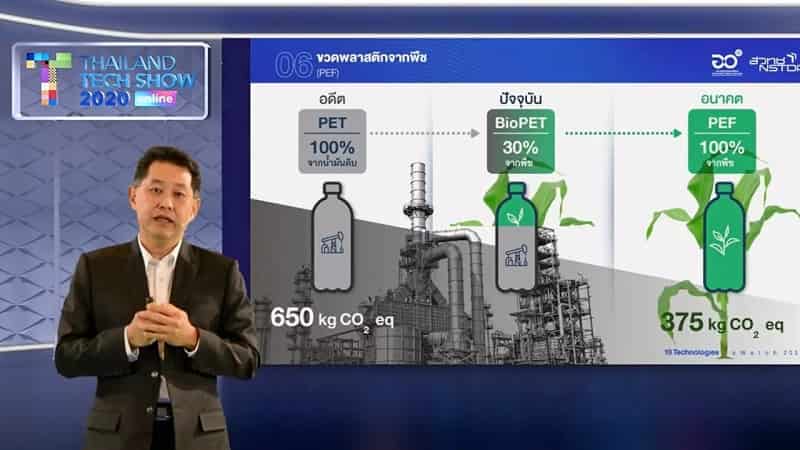
-PP capacity continues to expand
2020 is coming to an end. Let’s sort out some new PP plants in recent years.
Since 2014, the growth rate of domestic PP production has slowed down, while from 2019, domestic PP production capacity has grown rapidly. In 2019 and 2020, domestic PP production capacity increased by 8.91% and 15.54% respectively.
From 2018 to 2020, China’s new production capacity was mainly concentrated in Northeast China, South China, East China, Northwest China and North China, with a significant increase of 70.05% in Northeast China, it’s mainly because that there was a large amount of new production capacity and the original capacity base was small; and the new capacity in South China ranked second, with an increase of 41.21%.
From a regional point of view, the proportion of Northeast China, South China and East China has increased, while that of Northwest China, North China and Central China has decreased correspondingly. Petrochemical BOPEFilm Polyolefins
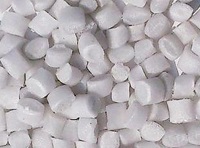
The very dense regulatory context induced by the ecological transition calls for a reasoned approach to conventional and bio-based plastics. Decoding in four points, while the Council of Environment Ministers of the European Union, meeting on December 17, calls for the definition of a clear framework. Petrochemical BOPEFilm Polyolefins
Just as plastics from fossil resources, known as conventional, are polymers as different as polyethylenes (PE), polypropylenes (PP), polystyrenes (PS), polyethylene terephthalates (PET) and other polyamides (PA), bioplastics look like a big blended family. Emballages Magazine offers a deciphering of the issues in four points: semantics, ethics, ecological and strategic. Polysemous, the prefix “ bio ” is actually a false friend. This is the first point, semantically, on which Emballages Magazine has been returning regularly to its columns for several years now. In the world of bioplastics, thus appear polymers resulting from fossil resources and / or biodegradable and / or compostable and / or water-soluble or even recyclable; others are produced from biomass – so-called biobased plastics from renewable plant or animal resources and others (minerals, algae, bacteria, etc.) – but are neither biodegradable, nor compostable nor water-soluble but recyclable where appropriate, while whereas others, apparently identical, are on the contrary and / or biodegradable and / or compostable and / or water-soluble or even recyclable. Some can even be ingested … As for the (bio) degradable oxo, they have caused enough inkling not to come back here. All crossings are therefore possible.Are bioplastics just like any other plastics? Playing with words is tempting.
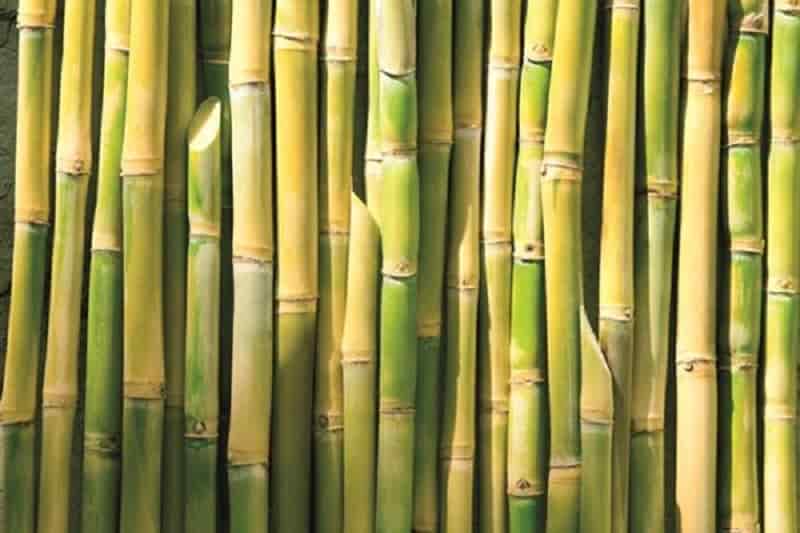
-December ABS contract prices in Europe increased by EUR180-250 per tonne
December contract prices for European acrylonitrile-butadiene-styrene (ABS) rose by EUR180-250 per tonne amid rising styrene feedstock, ICIS reported .
The contract price for styrene monomer in Europe was finally agreed at EUR918 per tonne for December deliveries, up EUR139 per tonne from the previous month.
In addition, butadiene raw material prices increased by EUR160 per tonne in December. ABS prices rose sharply in November and December this year due to a significant reduction in supply. Petrochemical BOPEFilm Polyolefins
The continued very limited supply is of serious concern to ABS market participants. It is rumored that the material will not be available until the end of the first quarter, which will put pressure on buyers, most of whom have small inventories and are trying to buy additional volumes. Suppliers cannot meet the high demand.
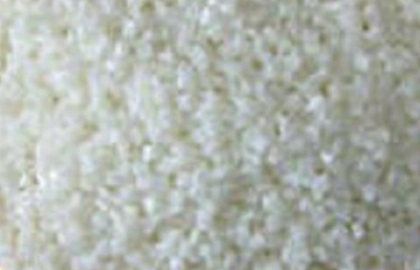
-ULMA and TIPA predict industry shift to biomaterials
Machinery manufacturer ULMA Packaging and compostable packaging supplier TIPA have partnered with the aim of improving efficiency for running compostable films on advanced packaging machinery. Petrochemical BOPEFilm Polyolefins
The collaboration will optimise ULMA box moPetrochemical BOPEFilm Polyolefinstion and flow-wrapping machines to run with compostable films, and seeks to match the performance and machinability of conventional plastic.
The move comes as the companies gear up for what they predict will be an industry shift to the use of sustainable films in flexible packaging.
The growing market share of alternatives to conventional plastic, such as compostable films, is projected to be a key factor contributing towards the growth of the global flexibles market – which the companies expect to increase from 160.8 billion USD to 200.5 billion USD by 2025
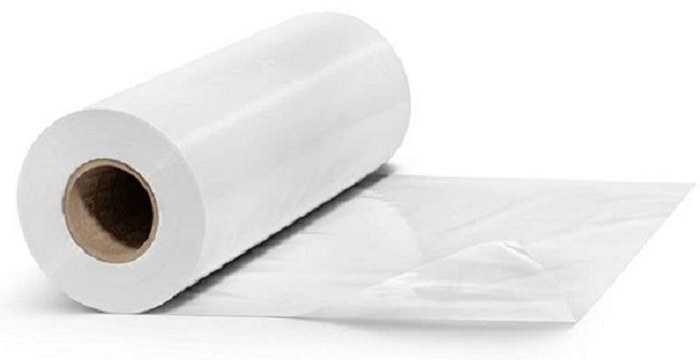
-Perfect Hydration doubles down on sustainability mission with 100% rPET bottles and aluminum cans
Alkaline water brand shares plan to divest from traditional plastic bottles, moving to rPET and aluminum in 2021 – Perfect Hydration (pH) – the ultra-purified alkaline water with electrolytes – is converting its 1-liter, 1.5-liter and 1 gallon bottles to post-consumer recycled polyethylene terephthalate (rPET) bottles beginning in Q1 2021.
This is in addition to Perfect Hydration’s recently announced line extension featuring highly recyclable 16.9-ounce aluminum cans. The full sustainability plan is part of the brand’s commitment to serve the wellness of consumers and the health of the planet.
“Simply put, consumers can’t get ultra-purified 9.5+ pH alkaline water with electrolytes from their faucets,” said Louisa Lawless, Chief Strategy Officer of Stratus Group. “Perfect Hydration has to be packaged for consumption.
However, we have worked intently to optimize our supply chains and packaging to be more sustainable, keeping bottles out of oceans and landfills and reducing the need for new virgin plastic. We are proud to be launching our recycled plastic bottles and aluminum cans at the beginning of 2021. Petrochemical BOPEFilm Polyolefins
They are a win-win for our discerninPetrochemical BOPEFilm Polyolefinsg consumers who want to achieve better hydration and make more environmentally-friendly purchasing decisions.”
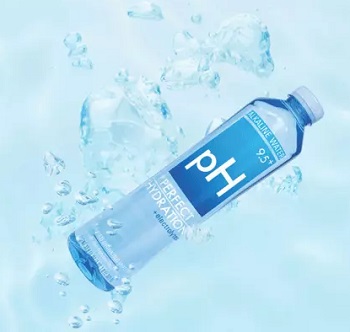
-Major Asian Manufacturer Raises January PVC Prices for China by USD60 / Ton
A major petrochemical producer in Northeast Asia (NEA) has raised its polyvinyl chloride (PVC) bids for next January shipments to the Chinese market by USD60 per tonne from December levels, market sources told ICIS …
Thus, the company’s January price proposals for China were announced at USD1,160 per ton, CFR China, without providing a discount for the supply of significant volumes of material, market sources said.
For the markets of Southeast and North-East Asia (NEA), as well as for other regions, the company named January PVC price offers at USD1,110 per ton, FOB NEA / Southeast Asia / other regions, which is USD50 per ton higher than the December level … The discount does not apply here either. Petrochemical BOPEFilm Polyolefins
The increase in PVC prices for this company in January was driven by a reduction in material production in South Korea and China, as well as increased transport costs caused by a shortage of ships and containers.
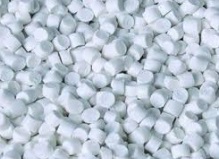
-Big events of spandex industrial chain in 2020
Affected by the pandemic, orders for spandex in pandemic prevention materials, fabrics for sportswear and home dress, and thermal fabrics improved in 2020. Price of spandex gradually touched bottom in Jan-Jul, 2020.
Demand for spandex surged after Aug and spandex market entered prosperity cycle.
By the end of 2020, price, profit, operating rate and stocks of spandex all apparently improved compared with the beginning of 2020.
Spandex price even hit 5-year new high.
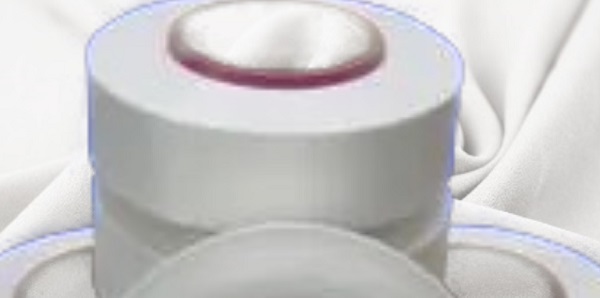
-Work begins on Spain’s largest PV plant for self-consumption
The facility is expected to cover around 25% of the consumption of the Brilen / Novapet industrial complex, located in the Polígono Valle del Cinca de Barbastro, in the eastern Aragon province of Huesca. Petrochemical BOPEFilm Polyolefins
Spanish polyester yarn producer Brilen is set to begin work on what it claims will be the largest photovoltaic solar power plant for industrial self-consumption in Spain and one of the largest in Europe.
The facility is expected to cover around 25% of the consumption of the Brilen / Novapet industrial complex, located in the Polígono Valle del Cinca de Barbastro, in the eastern Aragon province of Huesca.
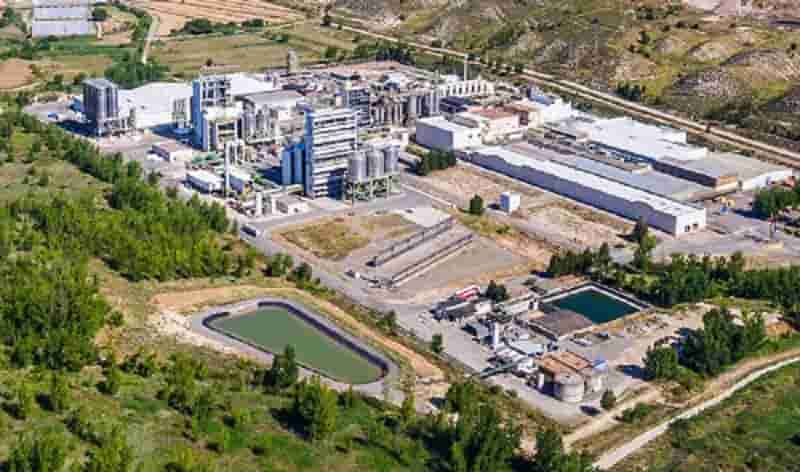
-Heimtextil organizers looking ahead to May 2021 event
Messe Frankfurt will release details after February booking deadline
Frankfurt, Germany – Within a few weeks, Heimtextil organizer Messe Frankfurt expects to have a firm idea about the size of the rescheduled 2021 international home textiles expo.
Traditionally held each January, the event has been postponed to May 4-7 because of COVID-19 concerns. It will also take place concurrently with Techtextil and Texprocess.
“In February, we will have received binding registrations from our Heimtextil exhibitors. In the case of Techtextil and Texprocess, the deadline is the end of January. Only then – after these deadlines have passed – will we have a clearer view forward and our teams be able to plan the fairs in detail. As soon as possible afterwards, we will hold a press conference and provide details about the number of registrations received and the planning status of the individual events,” said Olaf Schmidt, Messe Frankfurt’s VP of textiles and textile technologies. Petrochemical BOPEFilm Polyolefins

Petrochemical BOPEFilm Polyolefins
